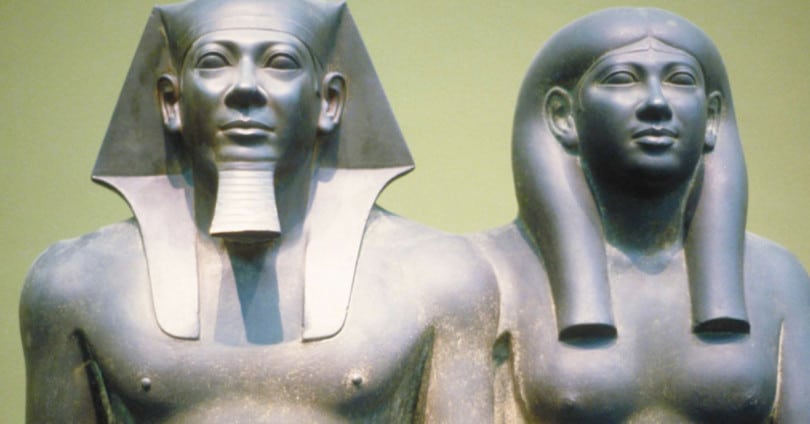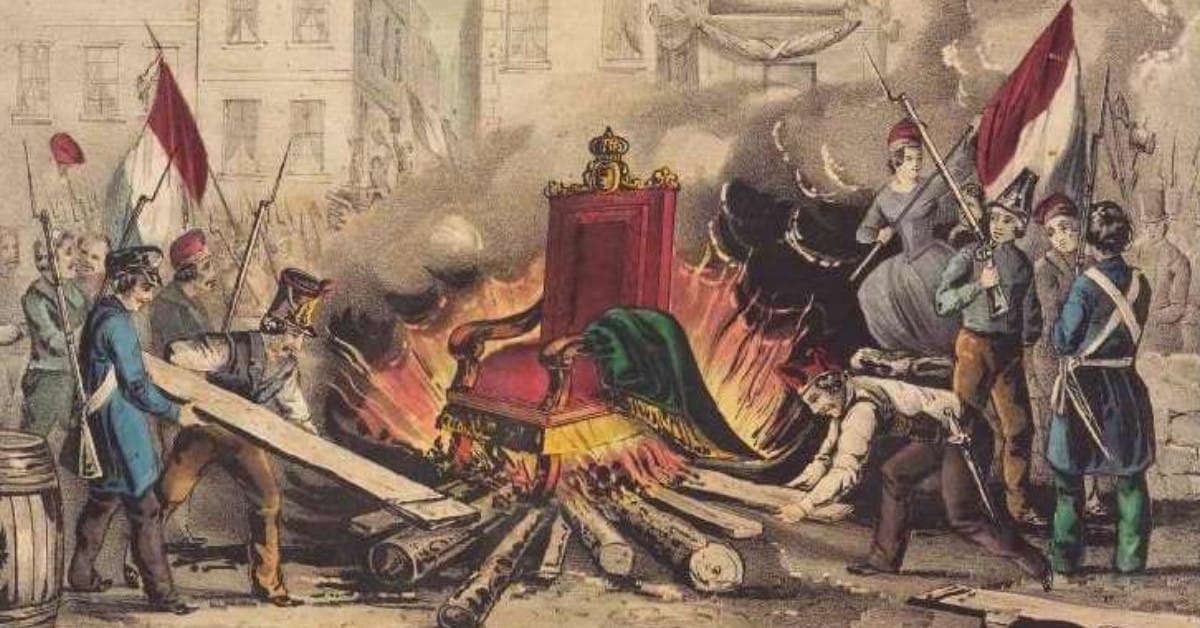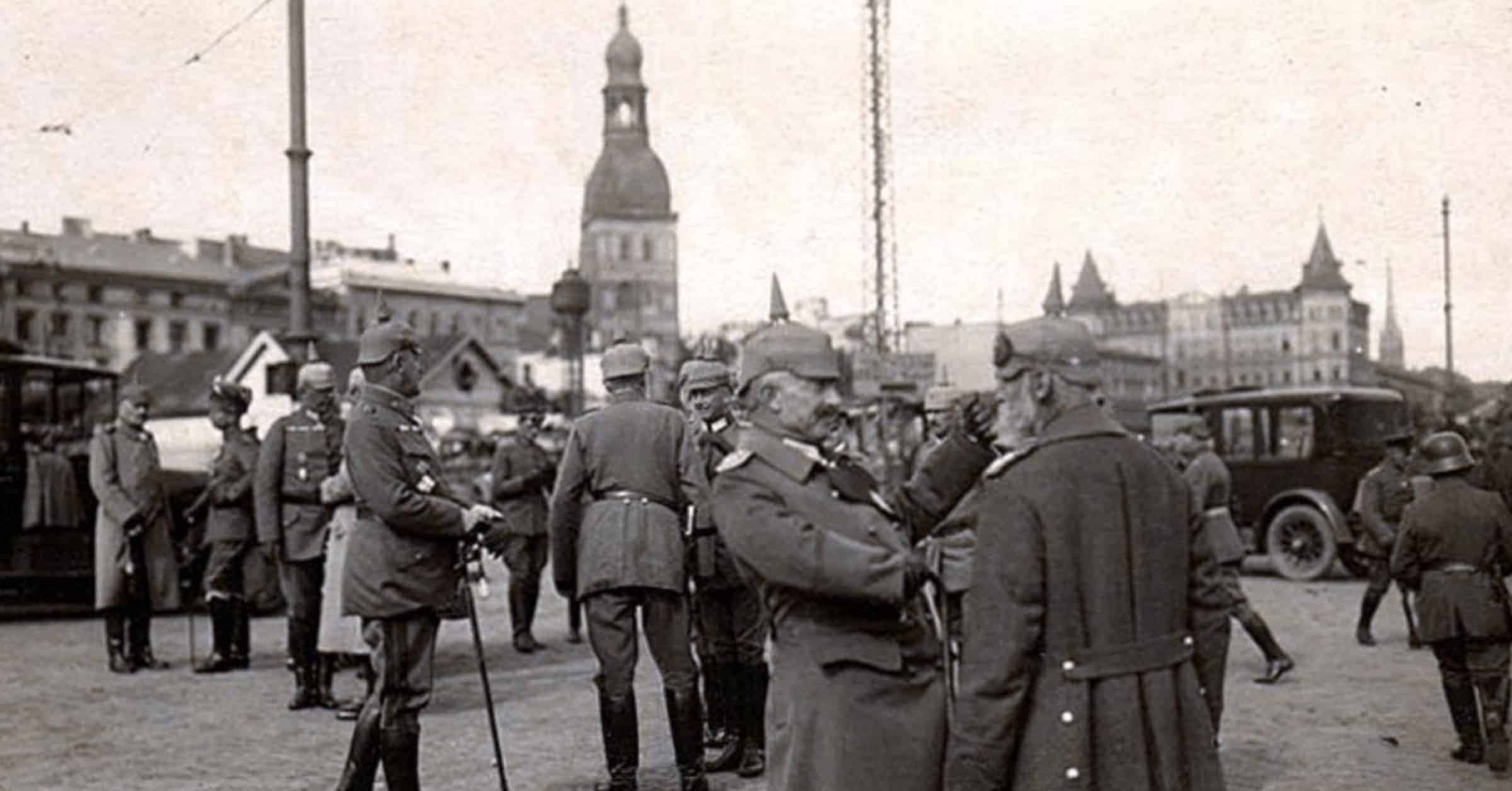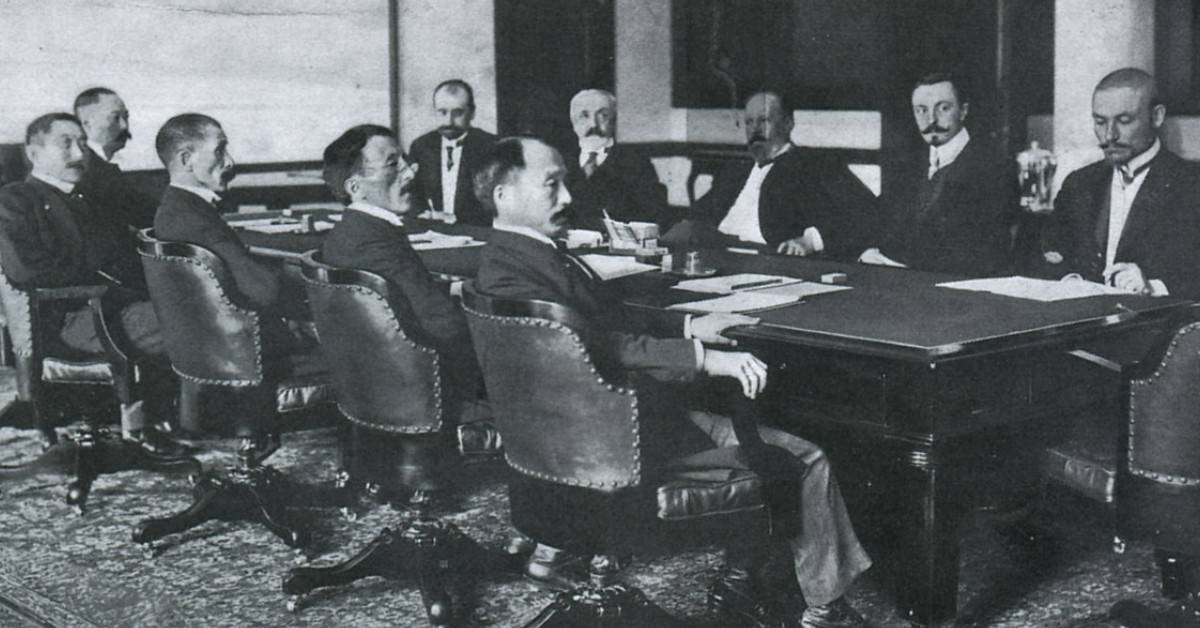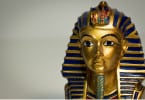Who was Menkaure?
Menkaure, also known as Mikerin, was the fifth pharaoh of the 4th Ancient Egyptian dynasty ruled the country around 2532-2503. BC e. after the pharaoh Chephren, whose son and heir was. Mother Mikherin is the queen of Hamerernebti I. His name in translation means “Preserving Ka of the great Ra forever.”
King Menakaure’s Wives
The main wife of Mikerin was Queen Hamerernebti II – the daughter of Queen Hamerönnebti I. The second wife of Mikerin was the half-sister Rekhter, the daughter of Pharaoh Hafra.
Menakaure’s Children
Mikerin knows a few children. Sons: Jüenra, his eldest son from Queen Hamerörnebti II, passed away earlier than Mykerin, and Shepseskaf- The youngest son and successor of the pharaoh from a concubine or secondary wife. Mykerin’s daughter, from Queen Hamerernebti II, Hentkaus was the wife of her half-brother Shepseskaf. Another possible son of Mykerin is known – Sechemra.
The royal court included several of Menkaur’s half-brothers: Nebemakhet, Duaenr, Nikaur, and Yunming served as viziers during the reign of their brother, and his younger brother Sechemkara became a vizier after the death of Menkaur.
Egyptian Pharaoh Menakaure’s pyramid
Mikerin is the builder of the third pyramid in Giza. Its southernmost pyramid in the ensemble is much smaller than the other two: it barely reaches 66 m, and the length of the side of its base is 108.4 m. Its volume is only a tenth of the volume of the Khufu pyramid, and its construction was the end of large pyramids and, basically, completed the construction of the earthly Duat, conceived by the pharaoh Snofru.
A stone sarcophagus, a lid of a wooden sarcophagus and a mummy were found in the pyramid. During transportation, a stone sarcophagus drowned with a ship near Gibraltar. The lid of the wooden sarcophagus was saved and is now in the British Museum along with the mummy.
Near the pyramid of Mikeren were found three small pyramids, in which, as is commonly believed, the wives of the pharaoh are buried.
The folk and ancient traditions exposed Mycerin as the exact opposite of his father and grandfather – the other builders of the Giza pyramids. For example, Herodotus characterizes him as a good and just ruler: “He opened temples and freed people tormented by hardships, letting him work and make sacrifices.
He was the most righteous judge of all the kings, for which he is especially praised by the Egyptians among all who have ever ruled over “they were kings. After all, he was not only a righteous judge but even gave money from his goods, dissatisfied with his sentences, to satisfy their requests.” That is, the descendants retained a good memory of Mycerin. Pharaoh apparently died unexpectedly.
Sights Of The Days Of Mycerin That Have Survived To This Day
1.Pyramid of Mycerinus in Giza
The Pyramid of Mikerin in Giza is the southernmost and smallest pyramid in the famous architectural ensemble, which completed the construction of the earthly Duat, conceived by Pharaoh Snofra
2.Statue of Menkaur and his wife Hamerärnebti II
A statue of Menkaur and his wife Hamerärnebti II was found in the pyramid temple of the pharaoh in Giza. Currently kept at the Boston Museum of Fine Arts.
3.Sculptural group Menkaur
A sculpture group depicting Menkaure accompanied by the goddess Hathor and the patron goddess of one of the nomes from the memorial temple of Menkaure in Giza. Currently stored at the Cairo Museum.
4.Pyramid of Queen Hamerernebti II
The pyramid of Queen Hamerernebti II, the wife of Menkaur, is the tallest and best-preserved of the three small pyramids located on the south side of the pyramid of Mikerin.

